
Why Clothing Brands Fail
Top Different Types of Shirts for Women and Men Top Different Types of Shirts for
Various printing methods are available for designing custom apparel, promotional items, and creating original art. Two popular techniques include sublimation and screen printing. While both ways can achieve vibrant, long-lasting results, they each possess unique qualities that suit particular projects. So today in this blog you will get an in-depth comparison between sublimation vs screen printing, ultimately helping you decide which method is the best fit for your creative endeavors
It’s one of the most popular printing processes that involve transferring a design from a specially coated paper onto fabric using heat. This method causes the ink to turn into a gas, which then bonds directly with the fabric’s fibers, resulting in a durable and vibrant image.
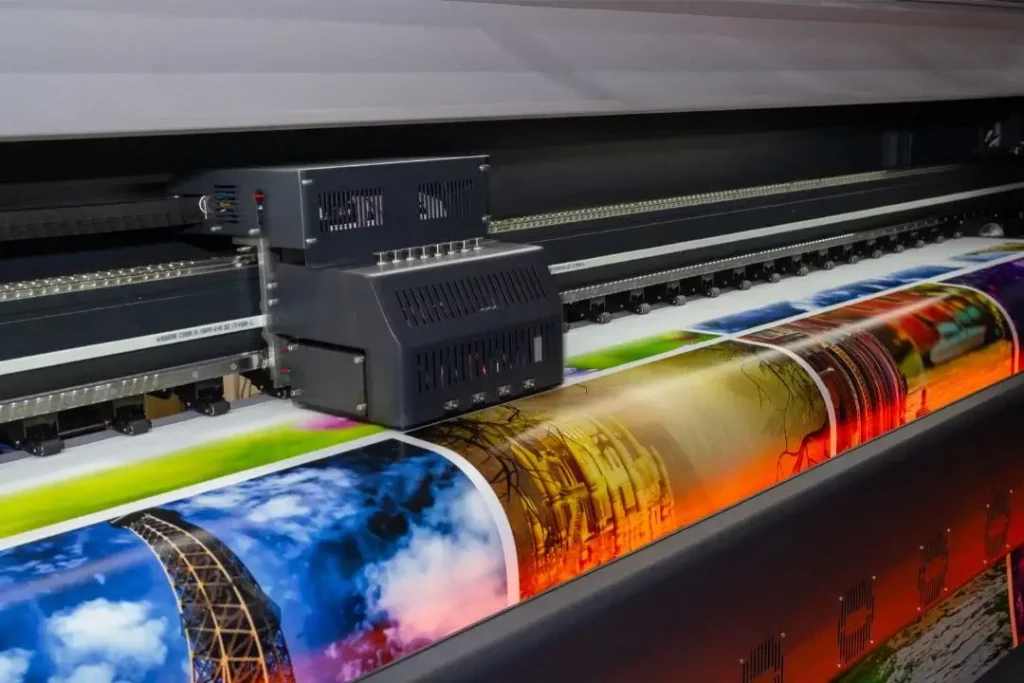
The sublimation process begins with creating a digital design that is printed onto a special transfer paper using sublimation inks. And then transfer is placed onto the fabric, and heat is applied, usually with a heat press. This causes the sublimation inks to vaporize and bond with the fabric fibers. The final result is a smooth, fully integrated image that won’t fade or peel off.
This printing method is also known as silk screening and is a traditional printing process that uses a fine mesh screen and specialized inks to transfer a design onto a garment or other materials.
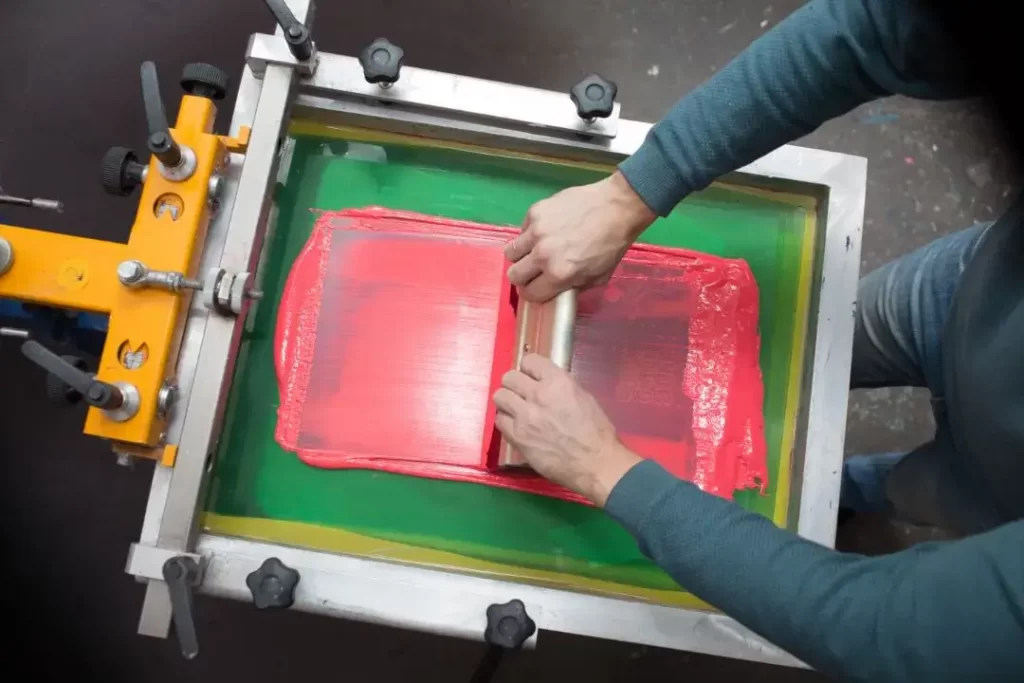
To begin the screen printing process, a design is separated into individual colours and transferred onto a separate screen for each colour. These screens are then coated with a light-sensitive emulsion. The design is placed onto the screen, and UV light is used to harden the exposed areas, leaving only the design area unexposed. The unexposed emulsion is then washed away, leaving a negative stencil on the screen. Ink is then pushed through the stencil onto the fabric, building the design one colour at a time. Once all the colours have been added, the garment is dried and cured, ensuring the ink is set and long-lasting.
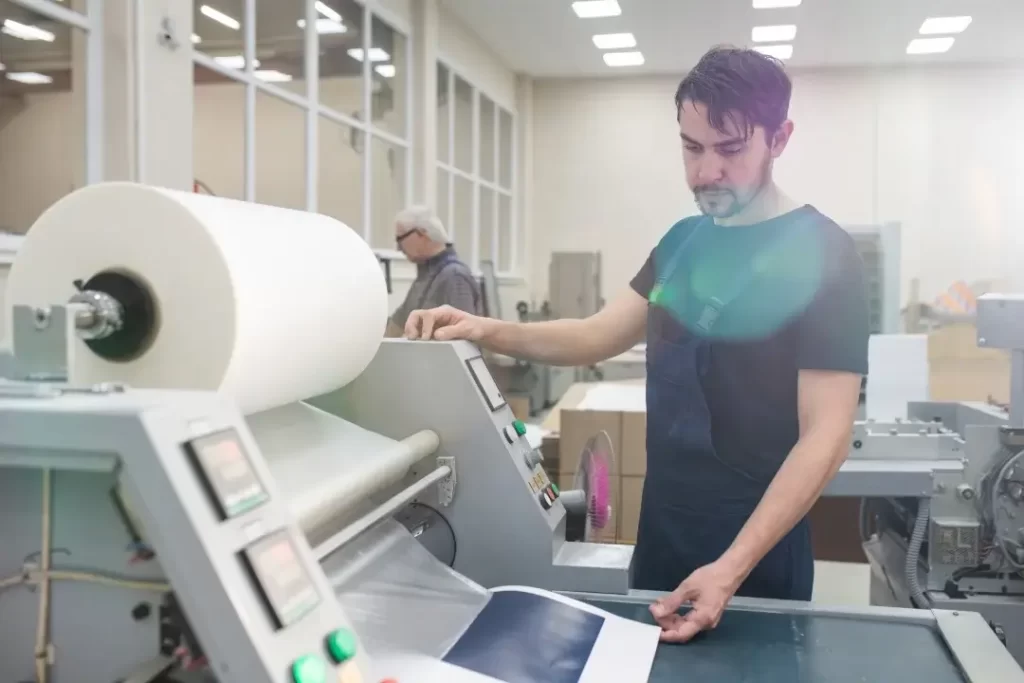
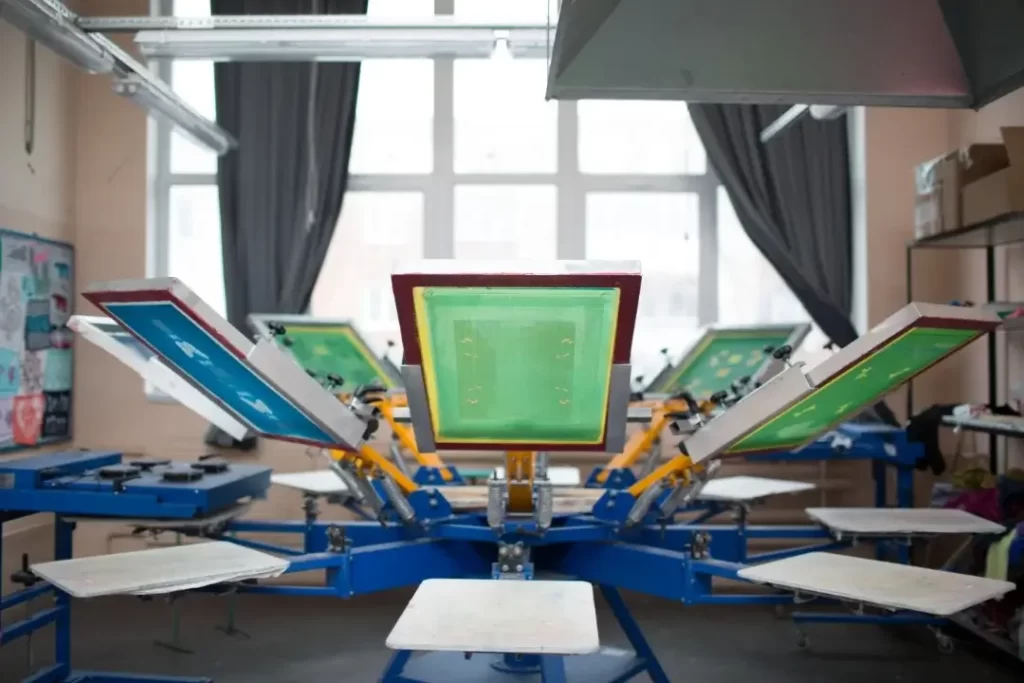
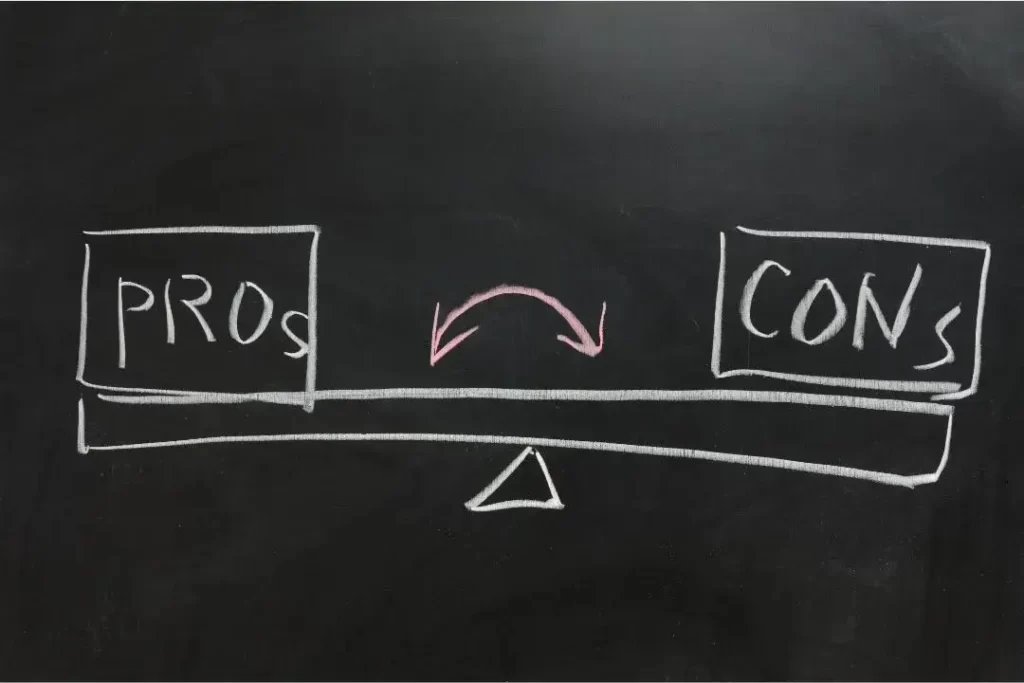
Sublimation printing is the ideal choice for projects that require vibrant, full-colour images with intricate details and gradients, such as promotional items, personalized apparel, and digital art pieces. This method works best on polyester-based fabrics or coated products, making it an excellent option for functional garments such as sportswear or accessories. Furthermore, if you have a smaller batch size or need quick turnaround times, the sublimation printing will prove to be more cost-effective compared to screen printing due to its less labour-intensive process.
Some examples of ideal scenarios for using sublimation printing include creating customized promotional items like phone cases, mousepads, or mugs, as well as dye sub-printed garments for sports teams, clubs, and events.
Screen printing is the go-to option for projects that demand bold, crisp colours and a high degree of consistency across various fabric types, including cotton, polyester, and blended fabrics. This method excels in the creation of designs with solid areas of colour or distinct logos and works well on both light and dark fabrics, providing better colour opacity. Screen printing is an optimal choice for larger batch sizes, as the cost per item decreases along with increased order volume. Custom-printed t-shirts for businesses, organizations, or community events and intricate printed things like limited edition posters or art prints are typical examples of ideal scenarios where screen printing is the preferred method.
The debate between sublimation and screen printing methods is an ongoing one, with both techniques offering unique advantages and capabilities. Sublimation printing delivers vibrant, intricate designs and is ideal for smaller batches and polyester-based fabrics, while screen printing offers greater versatility with colours and fabric options, making it suitable for larger orders and creating bold, consistent logos. Ultimately, the choice between sublimation and screen printing boils down to the individual project requirements, desired design, and intended purpose of the final product. Let this in-depth guide serve as a foundation for your decision-making process and propel you toward creative success with your next printed project.
Sublimation printing can be more eco-friendly, as the transfer paper produces less waste, and there is typically less excess ink in the process. Screen printing inks can be more harmful to the environment, although opting for water-based inks can help reduce the environmental impact.
Yes, it is possible to use both sublimation and screen printing techniques on a single item, but the process can be more complex due to different ink types and fabric requirements. Collaboration with printing professionals experienced in combining these techniques is recommended to achieve the best results.
Sublimation printed designs have a higher resistance to fading and wear due to the ink bonding directly with the fabric fibres. Screen printing may result in the design fading or cracking over time with repeated washing and wear, but the differences are generally minimal as long as proper washing and care instructions are followed.
Sublimation printing can be more expensive in terms of initial setup costs for specialized equipment and materials. However, the overall cost per print may be lower for smaller orders due to less setup time and waste. Screen printing generally becomes more cost-effective when dealing with larger orders while potentially being more labour-intensive.
Expert Custom Clothing Manufcaturer

Top Different Types of Shirts for Women and Men Top Different Types of Shirts for

What You Must Know About Clothing Samples? Before You Produce a Single Garment: What You

How Much Does It Cost To Make a Hoodie A Complete Cost Breakdown for Custom

Discover the Types of Buttons Discover the Types of Buttons That Transform Style and Functionality
Most Recent Posts
Expert Custom Clothing Manufcaturer
Join our Mailing list!
Get all latest news, exclusive deals and updates.